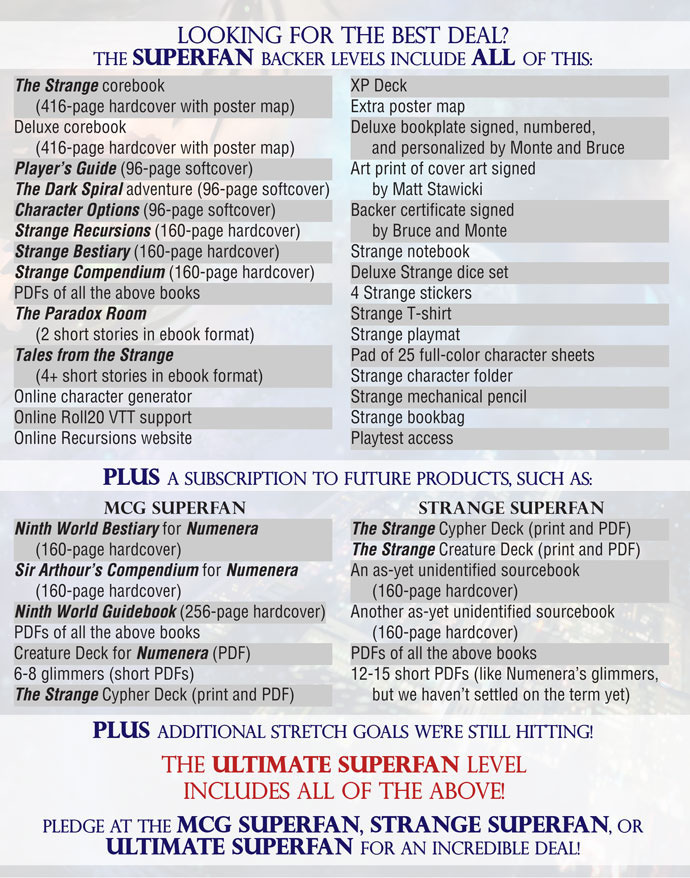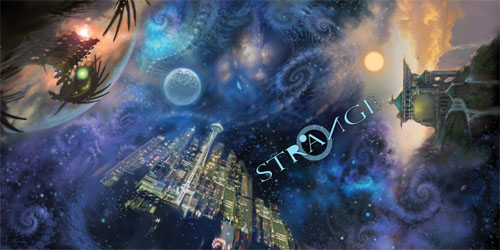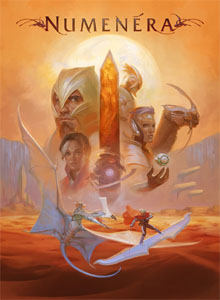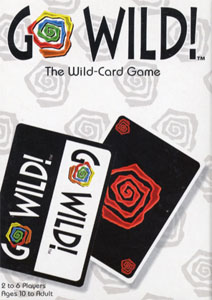Monte Cook’s Numenera has recently been dominating my gaming table: I’ve run twelve sessions of it for three different groups in the last two months and it seems to be a hit with just about everybody. I’ve posted some cool stuff about it recently, so you may already be aware of this.
What you may not be aware of is that Monte Cook and Bruce Cordell have joined forces to create another game using the same engine: The Strange is a multi-dimensional romp in which your characters will change depending on which world they’re currently inhabiting. It’s generally conjuring up images of Torg, Planescape, The Matrix, and the best parts of Amazing Engine. But it also feels like it’s got its own unique little vibe.
They’re currently running a kickstarter for it and I’m mavening for it pretty hard: They’re currently at $351,130 as I write this, but they’ve got a stretch goal at $360k to release an additional 96-page adventure supplement. Since I’m generally a pretty big fan of adventure designed by Cook and Cordell, that’s something I’d really, really like to see happen.
If you’re interested in just taking a peek, you can drop $25 to get PDF copies of the core rulebook and the Player’s Guide. But the real juice starts at $80 (when you get a copy of the rulebook plus PDFs of all seven books that have become part of the kickstarter at this point). There are a bunch of other pledge levels and add-ons, but the next significant plateau for me is the $200 level (where you get printed copies of all seven books). But I’m also going to take a moment to pimp the Superfan packages, which currently look like this (but will continue to improve as more stretch goals are met):
I just recently upgraded my pledge to the $450 MCG Superfan level: It’s getting me 16-18 titles at an average price significantly lower than retail. But, on top of that, I’m also getting the $120 limited edition, the short story collection, decks of cards, and a plethora of pretty awesome goodies.
I’m very, very close to upgrading my pledge by another $200 to get both Superfan packages. I’m not saying it’s something everybody needs to do, but I’m really looking forward to receiving a steady stream of awesome RPG products for the next few years.
















